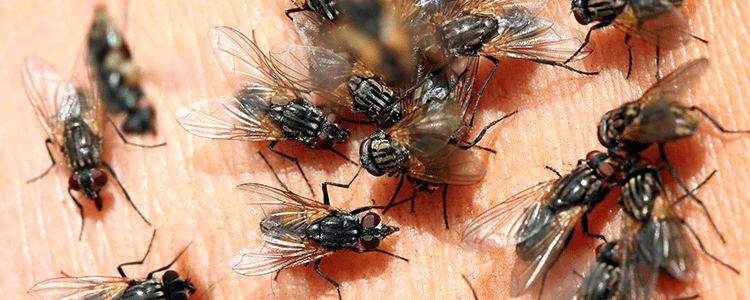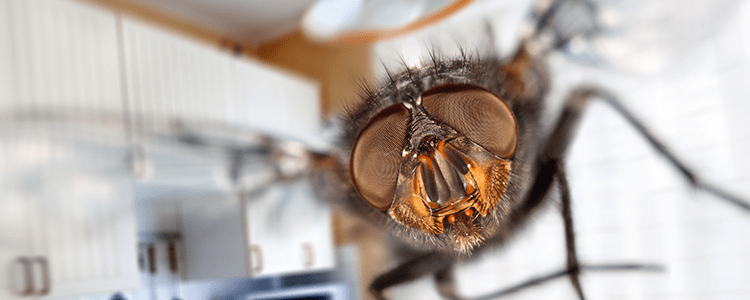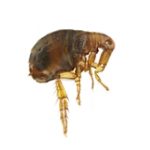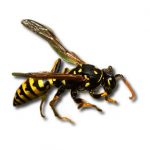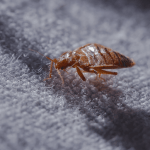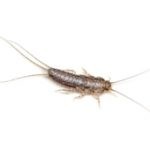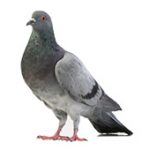The Blandford Fly
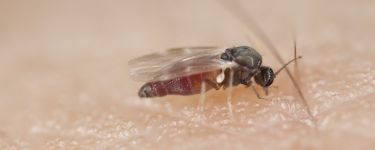
Blandford flies are notorious biting insects that re-emerge every year. They cause painful bites and kick off public health warnings. Known for its aggressive behavior and strong bite reaction, this fly has become a seasonal nuisance, especially in high-risk areas.
This black fly gets its name from the area where it once plagued and sent hundreds of people to visit their doctors. It’s not like the fly exists only in Blandford. During the summer of 2014, a lot of locals had raised their voices against the cuts in funding, specifically towards controlling the population of the Blandford fly in the River Stour. This gave the story a lot of media coverage. What was this small black insect, that could make 2.5 thousand people sign a petition to continue treating the River Stour?
Where are Blandford flies in UK?
Blandford flies are predominantly found near slow-flowing rivers, streams, and wetlands, with southern England being a key hotspot. These black flies thrive in warm spring and early summer conditions, especially from May to July, when adult flies emerge from larvae laid in mud near the water’s edge.
Originally notorious in Blandford Forum, Dorset, they’ve since been reported along the River Stour, River Avon, and other waterways in counties such as Dorset, Wiltshire, Herefordshire, Oxfordshire and Gloucestershire. Although their bites are typically around 2-3 mm in size, Blandford flies are capable of biting as hard as horseflies.
Why is it called the Blandford fly?
The name “Blandford fly” stuck due to the town’s early and severe association with the pest, even though the insect is now widespread in similar environments across the UK. The name “Blandford fly” stems from Blandford Forum in Dorset, where a severe outbreak of biting incidents occurred in the 1970s. Residents suffered widespread bites that often required medical attention. The fly was later identified as Simulium posticatum, a species of blackfly previously undocumented as a biting threat in the region.
What exactly is the Blandford Fly?
The Blandford fly is a type of black fly in the UK, mostly seen in populated areas alongside rivers. It has been spotted in the Blandford area ever since 1960, and in the spring of 1972 hundreds of people needed medical assistance, thanks to the painful bite of the fly. Simulium posticatum is the Latin name of this black fly. The locals share different legends about how this species came to the area, but the truth is that Simulium posticatum was always present near the rivers of southeast England. The Blandford fly common name stuck, at least in the UK, and this is how the species is mostly known in the country. However, in recent years it spread far beyond Blandford, you can check where the Blandford fly has been spotted in the UK.
Blandford flies are 2-3mm long, bloodsucking black flies with round abdomens, tiny heads and short antennas. They have yellow-ish stripes on their abdomens, which could be used to tell them apart from other insects. The one thing that sets them apart from other tiny black flying insects is their bite!
The life cycle of the UK Blandford fly
The blackfly has four stages of its life cycle. Egg, larva, pupa and adult fly. In the egg stage, it is attached to low hanging grass leaves near water bodies, rocks or other objects that are partly submerged in water. This is the incubation stage. After the egg hatches, it enters its larva stage. The larva feeds on bacteria, algae or tiny aquatic animals, which it filters out from the water. You can notice the larva in shallow water with its body orientated towards the stream. After the larva grows enough it will weave its cocoon and enter the pupa stage. The pupa also spends its life in the water. In this stage, another metamorphosis takes place and the adult fly flies out in search of a mating spouse. This entire cycle can take as little as a few weeks during the warm summer months. The time for the development of blackflies depends on the temperature of the water and currents, mostly.
Blandford fly bite
Similar to female mosquitoes, female Blandford flies need a blood meal to mature their eggs. This is why during the summer, when it’s their breeding period, you could experience the painful bite of a Blanford fly around areas of water. They are most active between May and June. Apparently, black fly bites are some of the most common bites, seen on people in the UK.
The typical spots for their bites are on the lower limbs because these black flies tend to fly close to the ground. Bites on the arms are not something extraordinary but are rare. The bite from the Blandford fly is described to cause a painful stabbing sensation. It often results in blisters and sometimes, blue to purple lesions are formed around the bitten spot.
Depending on your sensitivity to the saliva of the Blandford fly, you can experience different local irritations like redness, itchiness, pain, joint pain and even high temperature. Most people develop skin irritations that could be treated with over-the-counter medications (antihistamines and analgesics, however, on rare occasions – even antibiotics if the bitten spot is scratched and infected). Those irritations last for a few days but are painful to most who have been bitten.
How to prevent Blandford fly bites
To reduce the risk of being bitten by Blandford fly:
- Wear long trousers and socks when near rivers or canals
- Use a DEET-based insect repellent
- Avoid sitting or walking close to riverbanks during fly season
- Install garden fly screens or netting if living near water
Gardeners, dog walkers, and anglers are particularly vulnerable and should take extra precautions in May and June. Wear clothes that completely cover your legs, down to the ankles. Combine them with high socks and apply insect repellents with DEET. If you notice a swarm of low-flying flies, best avoid passing near it.
What do you do if you get bitten by a Blandford fly?
Blandford fly bites are more than a nuisance. They can cause intense itching, swelling, pain, and in some cases, infection. The fly tends to bite ankles and lower legs, injecting saliva that can cause strong allergic responses in some individuals.
- Clean the spot with warm water and soap and be careful not to pop the blister.
- If the bitten area is swelling, apply a cold compress.
- Make sure you are not rubbing the area to avoid spreading the fly’s saliva.
- If your ankles are swelling, elevate your legs on a pillow and rest more.
- Take oral antihistamines. Avoid creams, as they can cause additional irritation.
- Local anaesthetics can be used to reduce inflammation. Opt for sprays, not creams as you don’t want to rub them in.
If you suspect you have been bitten by a black fly, you should take action. Your skin is irritated, you have felt a strong piercing pain and probably notice a blister forming by the time you get home.
Final thoughts
Blandford flies pose a significant seasonal threat across parts of the UK, particularly near rivers. The bite can cause severe swelling, discomfort, and even infection if left untreated. To enjoy outdoor activities safely in areas where the Blandford fly is active, preventive measures, prompt treatment, and awareness of symptoms are essential.
If your symptoms are persistent and you have them for more than three days, seek a medical opinion. If you have any troubles breathing or swelling of the face or tongue, seek immediate medical assistance. And if you have troubles at home with other less pernicious but still annoying and disease-spreading flies, don’t hesitate to book a professional fly pest control service with us!
We only aim to provide some useful facts about flies. Anyway, we don’t provide any medical advice.



